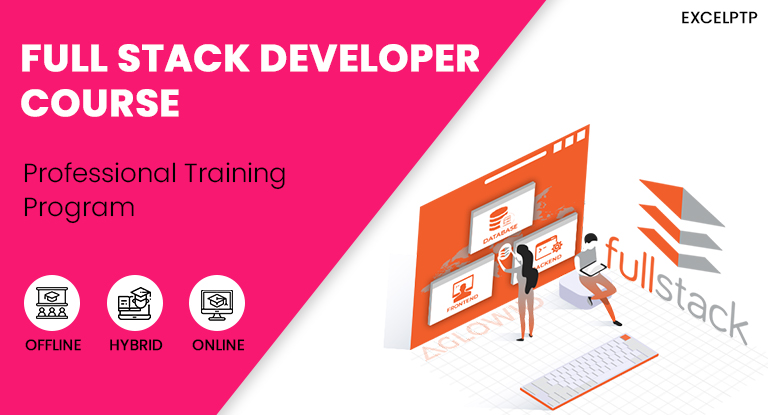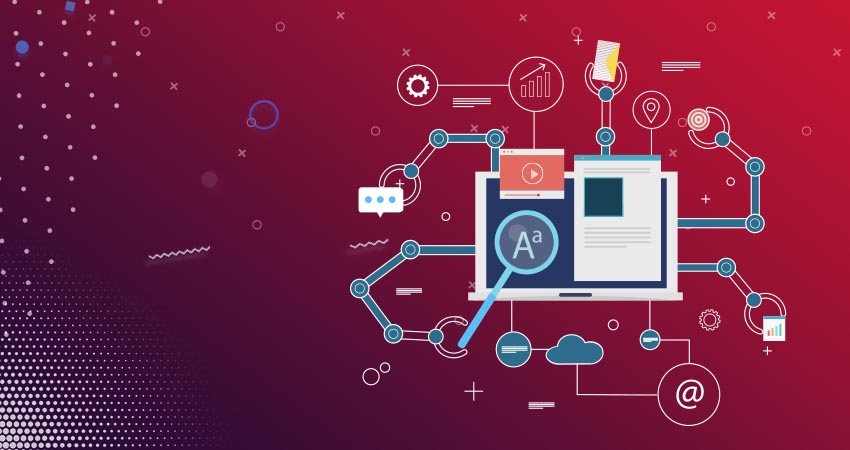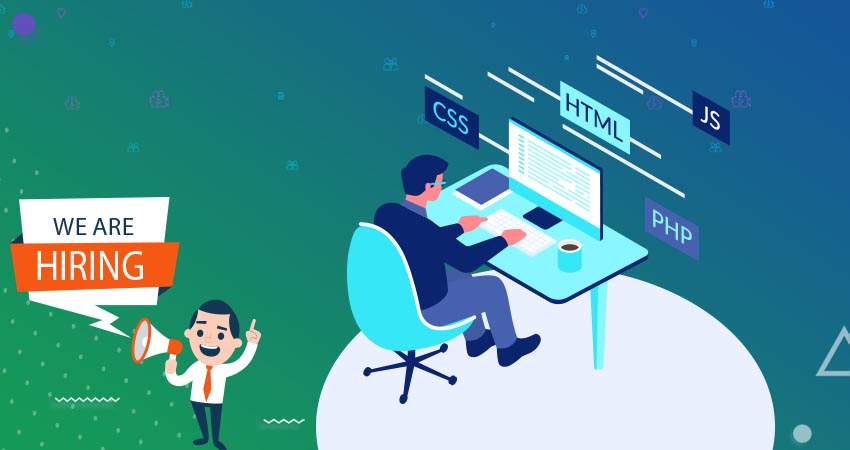
| Course Level: | Beginner to Advanced |
| Course Duration: | 4 Months | 8 Months |
| Training Days: | Monday to Friday |
| Training Time: | 4 hours / Day | Regular Office Time |
| Course Mode: | IN-class (Offline) at our premises |
| Course Type: | JOB oriented training |
| Course Start On: | On Registration | Admission |
| Class Size: | 1 to 1 | No Groups| No Batch |
COURSE BENEFITS
-
Considering is your last training: We assure for knowledge, so once your get job then your training will end.
-
Know your skills:Choose/Suggested a technology what you can do best.
-
Authenticate your skills: Entire course is on industrial practice so awarded with experience latter on placement.
-
Be highest paid fresher:We invented a unique model to get the job with highest starting salary, if you get good offer then US, you can join to them.
-
We don’t bind your ability: No specific course content, learn as much as you can, beyond the topics it helps to become logically sound.
The internet versus the Web
Serving Up your information
A word about browsers
Web Page Addresses (URLs)
The Anatomy of a Web Page
A dizzying multitude of Devices
Sticking with the standards
Responsive Web Design
One web for All (Accessibility)
Site Performance
A web page, Step by step
Launch Text Editor ,Start with Content
Give the Document Structure
Identify Text Elements
Add an Image
Change the Look with a Style Sheet
Validating Your Documents
Paragraphs ,Heading, Lists
More Content Elements
Organizing Page Content
The Inline Element Roundup
Generic Elements (div and span)
Some special characters
Putting It all Together
The href Attribute
Linking to Pages on the Web
Linking within Your Own Site
Targeting a New Browser window
Mail Links
Telephone Links
First, a word on Image Formats
The img Element
A Window in a window (iframe)
How Tables Are Used
Minimal Table Structure
Table Headers
Spanning Cells
Table Accessibility
Wrapping Up Tables
How Forms Work
The form Element
Variables and Content
The Great Form Control Round-up
Form Accessibility Features
Form Layout and Design
The Benefits of CSS
How Style Sheets Work
The Big Concepts
Moving Forward with CSS
The Font Properties
Changing Text Color
A Few More Selector Types
Text Line Adjustments
Underlines and Other "Decorations"
Changing Capitalization
Spaced Out
Text Shadow
Changing Lists Bullets and Numbers
Specifying Color Values
Foreground Color
Background Color
Playing with Opacity
Introducing.... Pseudo-class Selectors
Pseudo-element Selectors
Attribute Selectors
Background Images
Like a Rainbow (Gradients)
The Shorthand background Property
Finally, External Style Sheets
The Element Box
Specifying Box Dimensions
Padding, Borders, Margins
Assigning Display Roles
Adding Drop Shadows to Boxes
The Box Model in Review
Normal Flow, Floating
Positioning Basics
Relative Positioning
Absolute Positioning
Fixed Positioning
Page Layout Strategies
Page Layout Techniques
Multicolumn Layouts Using Floats
Positioned Layout
Top-to-Bottom Column Backgrounds
A Clean Slate (CSS Reset)
Image Replacement Techniques
CSS Sprites , Styling Forms, Styling Tables
Wrapping Up Style Sheets
Image Sources AND Meet the Formats
Image Size and Resolution AND Transparency
PNG-8 "Alpha" Transparency AND Summing Up Images
General Optimization Strategies
Optimizing GIFs, JPEGs, PNGs, File size and review
Benefits Of HTML5 over HTML
HTML 5 for Making Dynamic Page
HTML5 for making Graphics
HTML5 for making Visuals
How to work with forms
How to use forms and controls
Other skills for working with forms
How to use the HTML5 features for data validation
How to use the HTML5 controls
A web page that uses HTML5 data validation
An Introduction to media on the web
How to add audio and video to a web page
A web page that offers both audio and video
The skills for formatting printed web pages
A two-column web page with special formatting for printing
How to embed fonts in a web page
How to use the Geolocation feature
How to use the web storage feature
How to use the Canvas feature
How to use the Drag and Drop feature
Introducing CSS3
Media Queries, Selectors
Pseudo-classes and Pseudo-elements
Web Fonts, Text Effects and Typographic Styles
Multiple Columns
Background Images and Other Decorative Properties
Border and Box Effects
Color and Opacity, Gradients
2D/3D Transformations AND Animations
Flexible Box Layout
Template Layout, The Future of CSS
HTML5 & CSS3 for responsive web design
OVERVIEW OF BOOTSTRAP 3.0
To learn more on full stack need to learn basic of java scripting language to know more course content please click here >>
JavaScript
The jQuery Basics
Managing the Element Selection
Manipulating the DOM
Manipulating the Elements
Working with Events
Using jQuery Effects
Setting Up jQuery UI
Using the Button, Progress Bar, and Slider Widgets
Using the Autocomplete and Accordion Widgets
Using the Tabs Widget
Using the Datepicker Widget
Using the Dialog Widget
Using the Drag & Drop Interactions
Using the Other Interactions
Using the jQuery Utility Methods
The jQuery UI Effects & CSS Framework
Using Deferred Objects
To learn Full stack have to go through on AngularJs to Angular latest version to know more click here
ANGULAR
Concept clear with OOPS
MySQL and Queries, joins
Database Creations and connections
Working with PHP and OOPS CRUD operations
to know more please click here for course contents >> php
Starting Out with WordPress
The WordPress Landscape
Signing Up with WordPress.com
Installing WordPress on Your Web Host
Part Two: Building a WordPress Blog
Creating Posts
Choosing and Polishing Your WordPress Theme
Jazzing Up Your Posts
Adding Pages and Menus
Part Three: Supercharging Your Blog
Getting New Features with Plug-Ins
Adding Picture Galleries, Video, and Music
Collaborating with Multiple Authors
Attracting a Crowd
Part Four: From Blog to Website
Editing Themes: The key to Customizing Your Site
Building an Advanced WordPress Site
Live Project With Web Administration
Working on Projects, Define ideas
Start working, Explore Troubleshooting methods
Get help from Google to find right Solutions
complete project on timeline, make plannings
Put you on live project work and get hired
We have Internship / project training for you with unique practical based learning thats make you Industry ready. Step in as Intern and step out as professional. First learn how industry works and its standards. Then complete your project Under experienced Developer’s guidance for practical industry exposure
Make a plan about how we can achieve our goal with deadline
Discussed & finalise Project definition
Clear with Basic HTML/CSS, OOPs Concepts
Define difficulties and solutions for project definitions
Research Analytics on project definition
Get Ready with Wireframing of project definition
Start work on project till submission with live code
LEARN WHICH BEST SUITS YOU
No limits on learning, no limits on duration, no limits on salary, no limits on interviews, learn as much as you can & get ready for your first job.
4 MONTHS TRAINING(CODE :- PTP 4)
-
4 months training duration
-
Monday to Friday (04 hours / Day)
-
Only practical based training
-
Individual 1 to 1 training
-
Professional developers as trainer
-
Stipend provide based on performance
-
Confirmed job – on-job training program
-
Diploma/Graduate (Any Stream), Career Changers & IT Enthusiasts.
12 MONTHS TRAINING(CODE :- PTP 12)
-
Up to 12 Months or Until Placement
-
Monday to Friday (full day Adjusted Based on Work Opportunity)
-
Live Work-Based Training with a Collaborative Team
-
1 to 1, Real-World Project Experience & Industry-Standard Skills
-
Unlimited Placement Support with Dual Job Opportunities
-
Industry Diploma Recognized as Experience + Training Certificate
-
Join as a Fresher, Graduate as an Experienced Professional Developer
-
10+2, Diploma/Graduate (Any Stream), Career Changers & IT Enthusiasts.














































